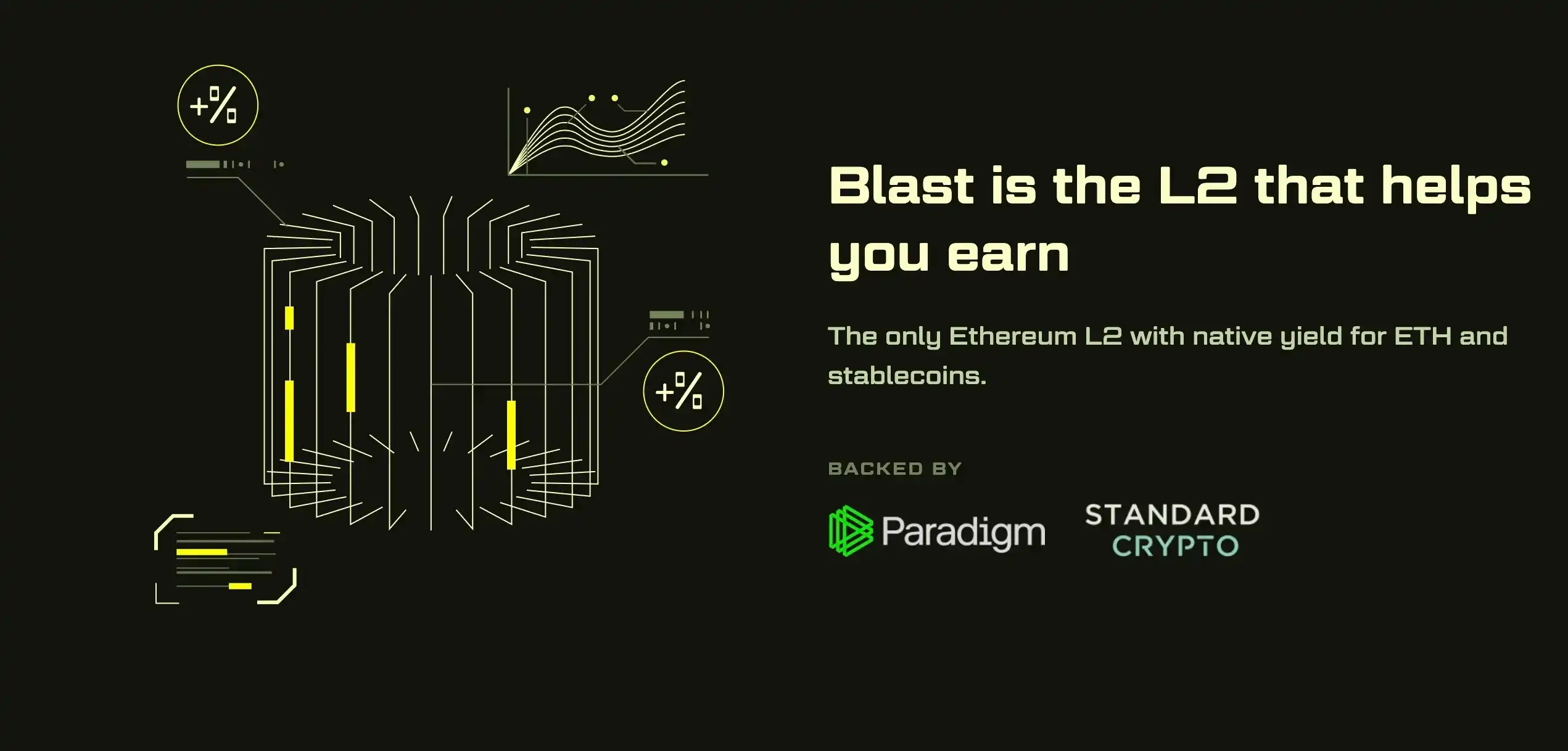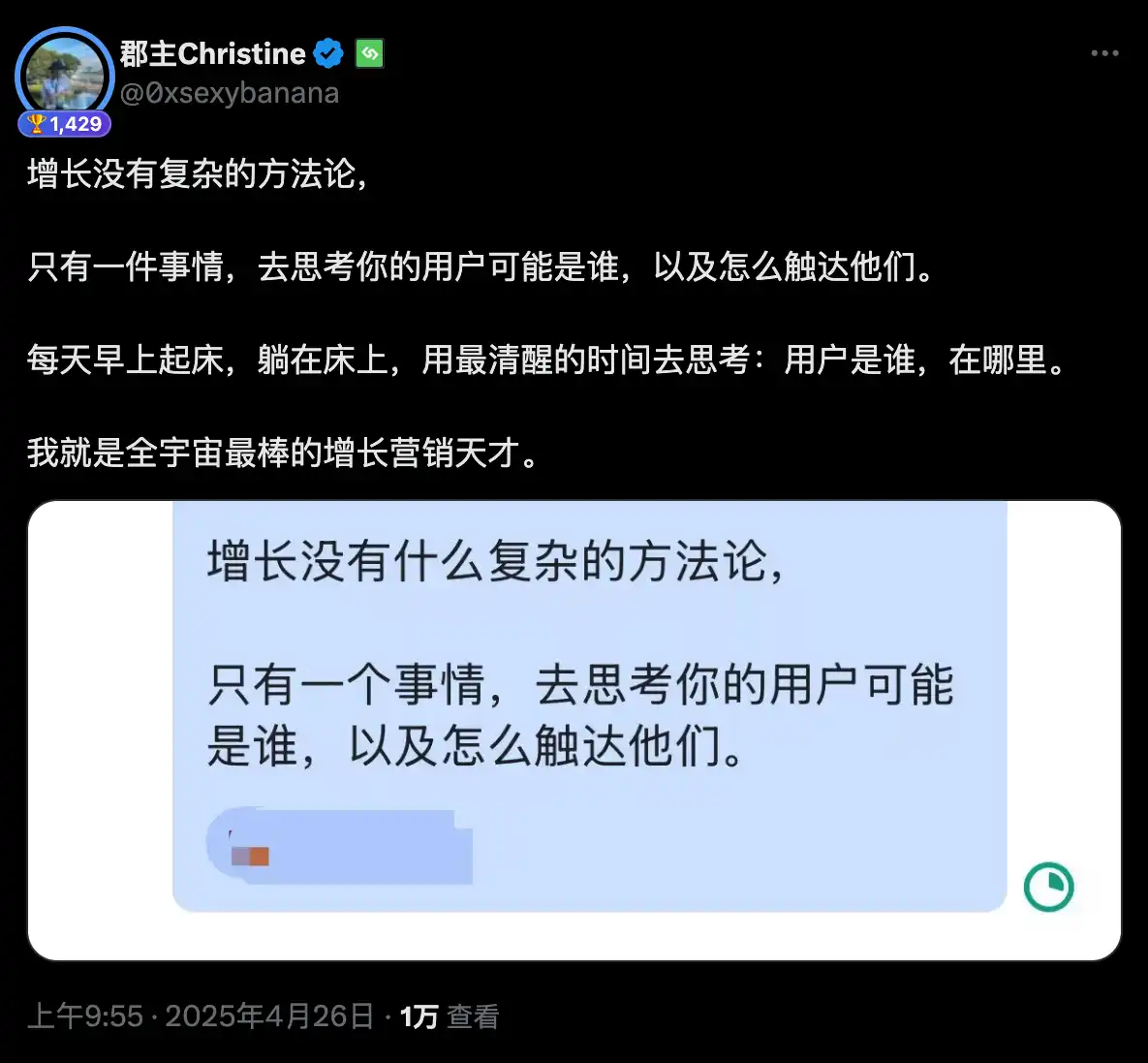On June 17, Infini announced the official cessation of its cryptocurrency card business aimed at individual users. For many users, this decision came as a surprise; however, for the Infini team, it was a decision that had been contemplated for a long time.
Once highly anticipated, cryptocurrency cards are increasingly being labeled as "difficult" and "thankless." Compliance barriers, cross-border clearing, risk control… these issues, which should belong to traditional financial institutions, have become realities that these Web3 entrepreneurs must confront. Ultimately, Infini chose to press the termination button on this business, weighing resource investment against business returns.
What exactly happened behind the scenes? What specific challenges did the U card business face during execution? Why were compliance costs so high? With these questions in mind, Rhythm BlockBeats interviewed Infini co-founder Christine (the Princess), allowing us to see the full picture of this business adjustment through the perspective of a frontline operator.
The Starting Point of the U Card Story: When NFT Players Fell in Love with "Simple DeFi"
In May 2024, Blast launched the "dividend-style" stablecoin USDB, allowing users to earn capital gains from its underlying assets simply by holding USDB, attracting a large number of NFT community players to deposit assets on the Blast chain. "Tieshun," a top entrepreneur in the NFT circle, enabled many NFT players to experience the charm of "simple DeFi" through this stablecoin product.
At the same time, Ethena opened up the arbitrage profits from Funding Rate Arbitrage to retail users through USDe, similarly making complex blockchain profit opportunities accessible to ordinary people.
During this period, Princess and Christian, who came from the NFT community, saw the potential of stablecoins and believed this was a startup direction that could allow ordinary people to enjoy blockchain profit opportunities and had great potential for breaking into new circles. They decided to do something in this field.
At that time, discussions about stablecoins in the industry were not lively, and Infini could be considered a pioneer entering the market. However, the difficulty of starting a stablecoin business far exceeded their expectations; this field was completely different from the "child's play" atmosphere of easy entrepreneurship in Web3. Princess and Christian had to face the harsh reality of costs and the unshakeable "old money world."
Origin of Infini
BlockBeats: What was Infini's initial motivation and intention for starting?
Princess: We started Infini in July last year when stablecoin wealth management was quite popular. We saw that Blast had launched a stablecoin called USDB, which had an APY of around 5%-10%.

We found that many GameFi and NFT users would be interested in USDB; these people were previously unaware of DeFi yields. Blast packaged the complex and abstract DeFi yields into this stablecoin, allowing users to earn dividends simply by holding it.
DeFi yields actually come from many sources, such as lending, RWA, etc. We realized that many people would be interested in a stablecoin like USDB, which is somewhat like a synthetic asset. This indicated that there was a demand for "simplifying complex on-chain yields and making them accessible to the public." This was actually the reason we wanted to start Infini.
We had this idea back in May of last year because I was also a deep player of Blast. I thought they did something very interesting by introducing DeFi products to the NFT and GameFi user base. Around that time, I noticed that many people suddenly started talking about stablecoins, and many institutions were interested in them.
This inspired me, and I felt we had to do something to expand the circle. NFTs were popular because they brought many novice users into the crypto space; Blast was popular because it brought NFT users into the DeFi space. Blast indeed did something very meaningful, and I saw many people starting to understand DeFi through Blast, which played an educational role in the market.
We initially wanted to create a stablecoin, but we found that this track was too competitive. Moreover, we didn't believe we had the same strength in funding, team, and resources as Ethena. So we thought about how to engage in differentiated competition.
At that time, we considered what the main use cases of stablecoins were, thinking along its usage scenarios, and returned to a very fundamental idea: we invented currency to use it.
So we thought, why not start with payments?

Our initial idea was to create a stablecoin, and all U card users at Infini would use our own stablecoin for payments.
We also understood the costs of USDC and USDe. The cost of USDC is very high, and they are already industry pioneers. I think USDe is a genius-level player, but Binance still does not support trading pairs for USDe, which shows that pushing a new stablecoin into mainstream exchanges is a very challenging task. So we thought it would be better to start with small and beautiful scenarios, allowing people to use it in daily consumption. After all, the most important functions of a stablecoin are: either to support trading or to support payments.
BlockBeats: So after your research, you believed that creating a stablecoin would require high costs. Why did you think that creating the U card would not require such high costs?
Princess: Because we felt that the U card actually didn't require too many resource costs, such as distribution channels. We could promote this card through a to-C growth strategy. As it turned out, we did manage to promote the U card at a very low cost. However, creating a stablecoin is different; you need strong resources to back it up. We didn't have a soul figure like Arthur Hayes.
We are a relatively grassroots startup, and for a grassroots startup, lacking top-tier resource support is a significant shortcoming.
BlockBeats: It's actually quite interesting because, from a structural perspective, Infini has already launched its own stablecoin; it just hasn't packaged it under the "USDe" shell. The application shows "USD," but what’s behind it is something very similar to a stablecoin.
Princess: Yes, I think packaging it under a shell is not very meaningful. Although packaging it might raise the company's valuation, the valuation of a stablecoin will definitely be higher than that of a U card company, right? But if the packaging doesn't lead to a successful product-market fit (PMF), I think it would waste time. So I would rather first run the business to achieve PMF and then think about packaging.
U Card Business
BlockBeats: After the U card business was established, what preparations did Infini make?
Princess: After establishing the project, we first conducted research because our company knew nothing about payments. The first person we asked was Yishi from OneKey; he is very nice and someone we knew who had experience with U cards, so he had a lot of valuable insights.
Yishi shared a lot, including the costs of this business, how to acquire customers, and why to shut down, etc. Regarding the shutdown, he mentioned that he felt the compliance requirements were quite high. At that time, I didn't pay much attention, but looking back now, he was quite accurate. I had underestimated compliance; I thought as long as we didn't touch illegal things, it would be fine, but in reality, "compliance" has many hidden costs.
BlockBeats: At that time, you also didn't realize that handling compliance issues would be so troublesome, right?
Princess: Yes, we were very clear from the beginning of our startup not to engage in illegal activities or cross any red lines. However, during our business development, we found that this business had very high compliance requirements, and the licensing costs involved in compliance were also very high, not to mention many hidden compliance costs.
BlockBeats: What aspects reflect the compliance costs for companies doing U cards?
Princess: First, you need a very professional legal team, and a good legal team is very expensive. Secondly, the cost of applying for licenses is also high; if some licenses cannot be obtained, you may have to acquire other companies to obtain them. For example, in Hong Kong, the MSO license is quite strict now, so if you want to obtain it, it's best to do so through a shell acquisition, and the specific cost depends on the other party's offer. Acquiring a license through this method would typically require around three to four million Hong Kong dollars.
In addition to money, communication time is also a huge hidden cost, which varies by situation. Some can be completed in a month or a few weeks, while others may take several years; each region and type of license is different. We hired a dedicated legal team to handle these matters from the first day of the project.
We initially didn't anticipate that so much effort would be required for compliance. Since we wanted to take a compliant route, we didn't consider the issue of recouping costs; we prioritized obtaining licenses regardless of the cost. In this regard, we are indeed very different from many Web3 projects. We gradually felt that we were actually a FinTech company; we were doing payments, not crypto.
BlockBeats: Do you feel that you may have overexerted yourselves in the U card project? Did you ever regret it midway?
Princess: That's a great question. In fact, if you receive positive feedback while doing something, it's hard to realize that it's wrong, and you just want to keep going. Our user growth was very rapid, and seeing the data grow every day was quite addictive.

Before doing anything, our company always sets an OKR. Initially, our underlying assumption for the entire business logic was that as the number of U cards increased, our TVL would also grow accordingly. We believed that the increase in the number of card users should have a clear correlation with the increase in TVL. Therefore, we set the increase in card users as a North Star metric, which led me to give up pursuing TVL for a long time.
But later we realized that this was not the case. The number of users was indeed growing rapidly, but the TVL did not increase significantly. We found that although we were pushing hard, we were heading in the wrong direction. Our initial business hypothesis was incorrect; we thought that the more users liked using the card, the more money they would deposit, but in reality, people only added funds when they needed to spend money.
BlockBeats: How much did you earn from the U card business?
Princess: A net loss; we didn't earn a single penny.
BlockBeats: Do you mind becoming a FinTech company?
Princess: I don't mind what form of company we become; I could even be a yoga clothing company. The key is that the company has to make money; we cannot stray from the essence of business. The essence of business is to make money sustainably and effectively. Clearly, the U card business was purely consuming our human, material, financial, and energetic resources. If a business is continuously consuming but cannot make money, it needs to be shut down.
BlockBeats: When did you start considering shutting down the U card business?
Princess: In May, I started thinking about gradually phasing out this business, at least not doing any related growth work anymore. The core reason was that the refunds for this card were very slow. Generally, a normal international card refund takes about one to two weeks, but ours took four weeks, a month, or even a month and a half. We repeatedly urged the upstream channels, but they just couldn't process the refunds. We were bombarded with customer complaints every day, and we felt very helpless because we were at the downstream of the industry. Besides urging the channels, there was nothing else we could do; we were powerless.
This caused me nearly two to three weeks of internal friction.
It's not difficult to start a U card company; I believe anyone with money, time, and patience can do it; the barriers to entry are low. If you want to be compliant, of course, you need to spend money; but if you don't care about compliance, anyone can do it. Essentially, you just need a custodial company and find an upstream provider for card group APIs. Once you connect to the API, you can issue cards.
Almost all cards on the market are done this way, but no one knows how many layers there are upstream. Some may work directly with card groups, while others may have layers of intermediaries, like an onion, and it can even be infinitely layered. For example, we could also create an API to open it up to you, and you could create another API to open it up to others.
After a few months of working on the U card, I increasingly felt that Infini was reversing history in this business. Personally, I hoped to break traditional payment barriers, but the U card turned stablecoins into USD, which went back to banks, and users swiped their bank cards, essentially retracing the old path of traditional financial payments. This was also the reason I was determined not to continue because I felt it was wrong.
For example, the refund issue I mentioned earlier caused me a lot of internal friction because I realized that the U card did not change any logic in this industry; it was just a traditional payment solution, not the ultimate solution.
BlockBeats: Do you now feel that the U card is a real demand, or is it just a reluctantly accepted solution?
Princess: If you could directly use USDT or USDC to pay for a hamburger, would you still have a need to cash out? It’s precisely because this demand cannot be realized that everyone is looking for an intermediary called the "U card" to fulfill this need.
I believe the U card is a real demand, but it is not a final solution. I think major products like ChatGPT, OnlyFans, and Twitter will definitely accept stablecoin payments in the future; this is the trend. When they all accept stablecoin payments, the U card will actually have no use case.
Recalibrating: What Will Infini Do in the Future?
Helping users simplify DeFi is the starting point of Infini's entrepreneurship. After stepping back from the daily consumption of crypto users, the team returned to this original intention. Now, Infini is preparing to refocus on on-chain yields and wealth management. This is a startup direction that is quite different from stablecoins and crypto payments, while the team still faces many new and old problems to solve. For example, how to position the Infini brand? After experiencing theft incidents and business shutdowns, how can Infini rebuild trust with users?
But Princess and the team's determination to pivot is firm: Infini must not reverse history; stablecoins and crypto payments cannot return to the traditional banking system. "Use Stable Coins Directly; this is the future."
BlockBeats: After shutting down the U card service, what is Infini's current positioning?
Princess: We are now focusing on two things. The first is to do well what we initially intended to focus on, which is wealth management. Our current wealth management returns mainly come from on-chain lending. With the arrival of the bear market and the decrease in on-chain activity, its returns will definitely decrease. In a bull market, there may often be days with 40%+ APR, while in a bear market, it might only be 2%. Therefore, we need to integrate some CeFi to make the returns more resilient to cycles, diversify risks, and become a more comprehensive fund of funds (FoF), allowing users to use it with peace of mind, like a balance treasure.
This is actually what we wanted to do from the beginning: simplify complex yields and make them accessible to the public. However, this was increasingly overshadowed by "payments," to the extent that we spent the last few months without dedicating any time to our core business, which is what can bring us income. So we decided to cut out the "payments" that took the most time but did not make money.

BlockBeats: So you are not shifting to a new direction but rather returning to what you initially wanted to do?
Princess: We were already working on integrating wealth management products back in August and September of last year. At that time, we wanted to bring in a variety of CeFi products because CeFi is not easy for most people to navigate. Good CeFi strategies are not short of funding, while poor CeFi strategies are everywhere raising funds but will lead to losses.
So our idea was to leverage economies of scale to obtain some relatively low-frequency and stable-yield wealth management products. An annualized return of around 10% would be very attractive to ordinary users. From Blast simplifying complex DeFi yields to our current goal of opening wealth management returns to retail users, this thinking has not changed; it’s just that the U card issue indeed led us astray for a long time and consumed a lot of time.
Therefore, our first task moving forward is to do wealth management well, making it very safe and resilient to cycles.
BlockBeats: Do you think this sector will be crowded?
Princess: I think it will be crowded, but it also depends on everyone's demand because money will definitely flow to places with higher yields or, in the long run, safer and more stable options. Therefore, we will categorize wealth management products into different levels based on different needs.
BlockBeats: You have mentioned multiple times that Infini has no plans to issue tokens and does not want to use token issuance expectations to drive user growth. Now that the business is transforming, is there any adjustment in this regard? Or have you considered going public or reverse mergers?
Princess: Whether it’s issuing tokens or going public, it’s essentially about issuing assets. Once assets are issued, they become a liability; you need to be responsible to token/shareholders. If our business does not have stable cash flow or has not achieved perfect PMF, hastily choosing to issue tokens would be irresponsible to ourselves and the community.
So I want to officially answer this question: In my view, issuing tokens and going public are means of financing and customer acquisition. We must use these means well and apply them correctly at the right time. They are financial tools; I won’t say yes or no. We will consider using them when needed, but right now, it’s still too early. We need to solidify our business, improve our products, and meet user needs in a productized way. After achieving good cash flow and income, we can consider these financial operations. After all, products and PMF are the foundation of everything.
BlockBeats: As C-end users transitioning from the U card business, is there anything we can participate in after your transformation? If you completely shift to a B-end business, it would be a pity to lose so many accumulated users.
Princess: Reflecting on this journey, I think the biggest gains are threefold.
The first is that we have built a great team. The team is always the top priority. I believe as long as we share the same vision and have the capability, energy, and stamina, we will make good progress after the transformation. Building and nurturing the team has been our most important gain over the past six months.
The second is the brand. In this circle, having a good reputation is essential; it is the foundation for doing everything in the future. If a person does not have a good reputation, it is very difficult to achieve sustainable growth. We are not interested in short-term customer acquisition or cashing out; we hope to build a long-term business that lasts for decades or even centuries.
The third is awareness. We still need to fully embrace decentralized payment solutions and not pursue centralized solutions; we must not reverse history. Suppose in the future we deploy on MegaETH or BNB, and users can directly open their wallets, scan to pay for ChatGPT subscriptions, and directly use stablecoins from their wallets. That would be a very cool scenario.
We should spend your stablecoins this way, rather than through a U card. I believe that this kind of payment is valuable, rather than reverting to the traditional banking system.
We need a decentralized payment solution like this: your transactions are confirmed on-chain, your payments are made directly through your wallet, and you use stablecoins directly when you pay.
I believe this is the future.
免责声明:本文章仅代表作者个人观点,不代表本平台的立场和观点。本文章仅供信息分享,不构成对任何人的任何投资建议。用户与作者之间的任何争议,与本平台无关。如网页中刊载的文章或图片涉及侵权,请提供相关的权利证明和身份证明发送邮件到support@aicoin.com,本平台相关工作人员将会进行核查。




